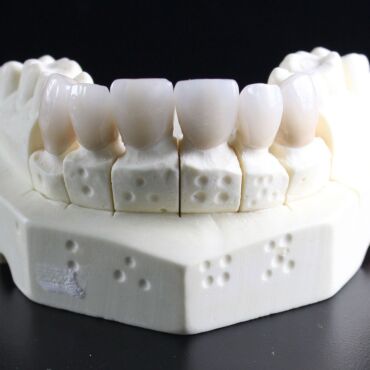Gum diseases are often silent and hard to detect health issues, but if left untreated, they can lead to serious health problems. In this article, we will discuss what gum diseases are, how they can be identified, and most importantly, how these diseases can be prevented and treated.
Definition and Symptoms of Gum Diseases
Gum diseases begin with inflammation of the gums and can eventually damage the tissues and bones that support the teeth. Gingivitis (gum inflammation) and periodontitis (a more advanced stage of gum disease) are the two most common forms. Symptoms include bleeding gums, redness, swelling, and bad breath.
Risk Factors
There are many risk factors that play a role in the development of these diseases:
- Poor oral hygiene
- Smoking
- Chronic diseases like diabetes
- Genetic predisposition
- Stress
- Poor nutrition and vitamin deficiencies
Prevention Methods
The key factor in preventing gum diseases is good oral hygiene:
- Regular Brushing: Brushing your teeth at least twice a day helps prevent plaque buildup.
- Flossing: Using dental floss is important to clean between teeth and remove food particles and plaque.
- Regular Dental Check-ups: Seeing a dentist at least twice a year is necessary for early diagnosis and intervention.
Treatment Methods
The treatment of gum disease depends on its stage and severity:
- Professional Cleaning: Regular cleanings by a dentist help remove tartar and plaque.
- Medical Treatments: In advanced cases, antibiotics and specialized mouthwashes may be prescribed.
- Surgical Interventions: In severe cases, surgical procedures like cleaning of gum pockets or tissue reshaping may be necessary.
Conclusion
Gum diseases are serious health issues that should not be ignored. Early diagnosis and regular oral care are crucial in preventing and treating these diseases. Remember, a healthy mouth opens the door to a healthy body and a happy life. Therefore, taking care of your gum health is essential for your overall well-being.





